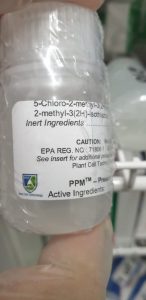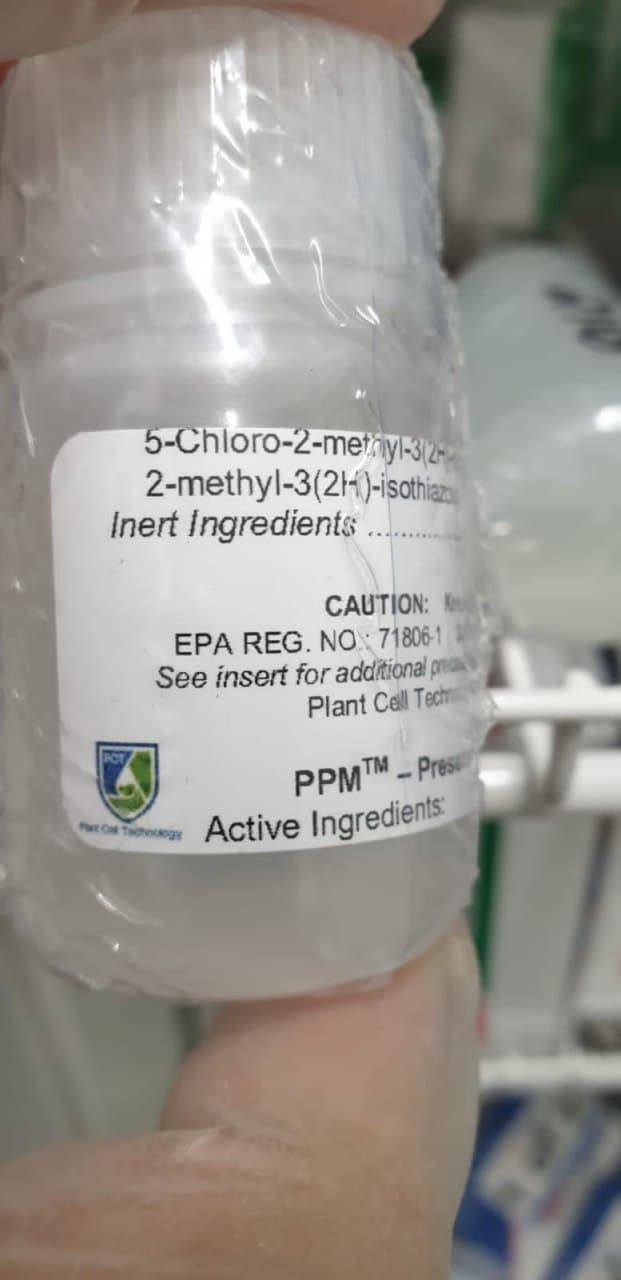The COVID-19 pandemic has supplied social isolation with a possible adverse influence on the tutorial routine, together with the suspension of face-to-face appointments, and psychological well being of medical college students. The Mario Pinotti II examine (MPII) is a 24-week observational examine with scheduled phone calls each 2 weeks to confirm the incidence of the COVID-19 in rheumatic sufferers on hydroxychloroquine chronically (from 29th, March, 2020 to 30th, September, 2020). The results of voluntary participation in a analysis mission, which foresees interplay by phone contact with sufferers, professors, rheumatologists, and colleagues on the each day life and psychological well being of medical college students requires analysis.
Considering that medical college students are professionals in coaching with a excessive degree of accountability to deal with emotional and bodily features associated to a number of ailments, this examine has the intention of evaluating the influence of the COVID-19 pandemic and participation within the MPII examine, on the tutorial routine and psychological well being of medical college students. A web-based survey was carried out to carry out a cross-sectional comparative evaluation between medical college students taking part within the MPII examine and different their colleagues who should not concerned on this analysis mission, matched to intercourse, age and medical faculty.
The net questionnaire was developed by a panel composed of graduate medical college students, rheumatologists, medical faculty professors, and a psychology professor and it included particulars on demographic and life habits information, in addition to analysis of individuals’ impression concerning the MPII examine and the influence of the COVID-19 pandemic on their academic routine and medical coaching. In addition, the depressive, nervousness, and stress domains have been evaluated utilizing the DASS-21 (Depression, Anxiety and Stress Scale), Brazilian model, and, currently, the scores have been grouped as low, average and excessive threat for psychological misery. This mission was authorised by the Federal University of São Paulo Ethics Committee (CAAE: 34034620.0.0000.5505).
Data assortment was utilized for each medical scholar teams from July 20th to August 31st, 2020. Data extraction was accomplished in September, 2020. Analysis is ongoing. The authors count on the outcomes to be printed within the first semester of 2021. This examine will convey gentle into the consequences of taking part in a analysis mission on depressive, nervousness, and stress domains through the use of the DASS-21 (Depression, Anxiety and Stress Scale) in giant sampling of Brazilian undergraduate medical college students and the analysis of the influence of the COVID-19 pandemic on college students academic routine and medical coaching.
Medical Students on the Virtual Front Line: A Literature Review Elective to Provide COVID-19 Clinical Teams With Essential Information
At the Hackensack Meridian School of Medicine (HMSOM) in New Jersey, medical actions for college students have been suspended on March 15, 2020, because of the COVID-19 pandemic. Clinical groups at Hackensack Meridian Health (HMH) wanted sources for figuring out and assimilating the medical literature concerning COVID-19, which was increasing and evolving each day. HMH leaders reached out to HMSOM leaders for help. The HMSOM management and college shortly organized a literature assessment elective.
Eight second-year medical college students participated in a literature assessment elective course to analysis and synthesize the COVID-19 medical literature to supply synopses of finest practices for varied medical groups. By March 23, college students have been looking the literature and writing reviews independently, mentored by a senior dean (an infectious ailments specialist) and supported by the affiliate dean of libraries and library crew. The library crew up to date and categorized scholar reviews each day on a web site devoted to the elective.
During the 6-week elective, eight college students produced 70 reviews synthesizing the rising COVID-19 literature to assist reply practitioners’ medical questions in actual time. One scholar report was posted on the American Academy of Ophthalmology web site. All 70 have been printed on-line in Elsevier’s well being training college hub. On course evaluations, college students expressed remorse about not being immediately concerned in affected person care, however articulated their gratitude to have the ability to contribute to the medical groups.
In June 2020, the scholars returned to their medical clerkships as COVID-19 medical volumes declined and PPE turned extra accessible. Students continued to be accessible to the medical groups to help with COVID-19 questions. This literature assessment elective can function a mannequin for different medical colleges to make use of to deploy college students to assist synthesize the evolving literature on COVID-19 or different quickly rising analysis matters.

Medical Students as Essential Frontline Researchers During the COVID-19 Pandemic
As the coronavirus illness 2019 (COVID-19) pandemic hit the United States in March 2020, there was widespread disruption of medical medical training: Hospital clerkships have been suspended nationwide, and college students have been moved out of the hospital and continued their research remotely by digital studying programs. Frustrated by not with the ability to immediately take care of sufferers, medical college students throughout the nation fashioned numerous volunteer initiatives to assist frontline clinicians. In this text, the authors describe the important function of medical college students at Weill Cornell Medicine in shortly designing and constructing a big registry of COVID-19 sufferers who introduced at 3 New York City hospitals.
The Cornell COVID-19 registry, which comprises granular medical info on greater than 4,000 sufferers, knowledgeable hospital operations and guided medical administration in the course of the first wave of the pandemic. One month after its creation, the registry led to the primary printed description of the medical traits of a U.S.-based cohort of hospitalized COVID-19 sufferers. Using their expertise as a mannequin, the authors suggest that college students who can’t take part of their medical clerkships due to the pandemic can increase their conventional medical training by contributing to COVID-19 analysis.
[Linking template=”default” type=”products” search=”Disp2 Peptide” header=”3″ limit=”138″ start=”2″ showCatalogNumber=”true” showSize=”true” showSupplier=”true” showPrice=”true” showDescription=”true” showAdditionalInformation=”true” showImage=”true” showSchemaMarkup=”true” imageWidth=”” imageHeight=””]
In the case described on this article, college students reviewed administration of COVID-19 sufferers, adopted inpatients all through their hospitalization (very like college students would on medical rotations), and refined their interpersonal expertise by discussions with sufferers and sufferers’ households throughout follow-up calls. The authors conclude that medical college students who’re displaced from their hospital rotations can additional their training and supply a useful contribution to the battle towards COVID-19 by serving as important frontline researchers.


